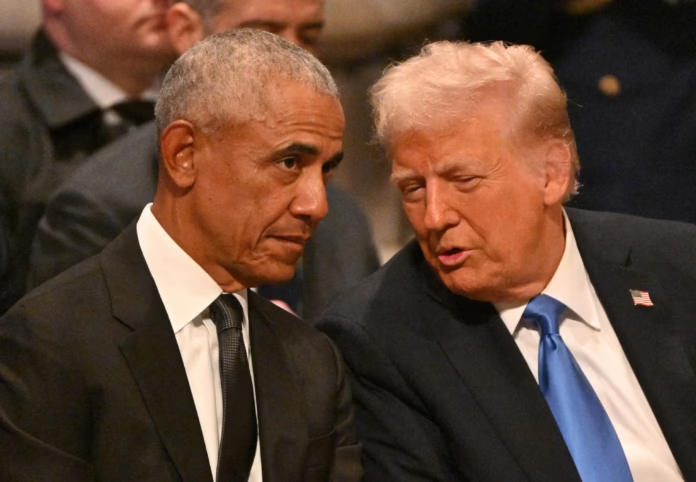Two very different US presidents once asked Apple to consider one major shift iPhone production in America.
In 2011, President Barack Obama had dinner with then-Apple CEO Steve Jobs. During their conversation, Obama asked Jobs what it would take to bring iPhone manufacturing to the United States. Jobs gave a blunt reply: “Those jobs aren’t coming back.”
That answer still echoes in tech and political circles today. Despite shifts in leadership, the question remains the same. Even President Donald Trump made similar requests to Apple’s current CEO, Tim Cook.
However, the reality of iPhone production in America is far more complex than it seems.
A former Apple executive once shared a story that shows how quickly Apple’s Chinese partners can adapt. After Apple redesigned part of the iPhone’s display, a Chinese factory adjusted overnight. A foreman woke 8,000 workers sleeping in dorms. Within 30 minutes, they began a 12-hour shift. Workers installed the new screens quickly. In just four days, the factory was producing 10,000 units daily.
That kind of flexibility is hard to match in the United States. Apple insiders say no American plant can operate at that pace. The workforce size, speed, and efficiency in China simply surpass US capabilities.
A recent survey revealed a clear divide. While 80% of Americans said more factory jobs would help the economy, only 25% said they’d do such work themselves. Assembly line jobs are low-paying and often lack good benefits.
Entrepreneur Molson Hart offered more reasons why iPhone production in America won’t happen. He says the US supply chain doesn’t support advanced electronics. He also points out that Apple still depends on Taiwan’s TSMC to make its chips.
According to Hart, Chinese workers are more disciplined and focused. That makes China ideal for fast-paced tech manufacturing.
So despite political pressure from both parties, iPhone production in America remains unlikely.
For more tech updates, visit DC Brief.


